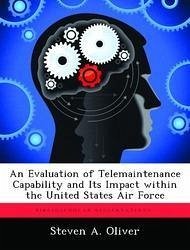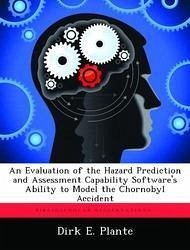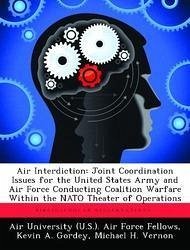Nicht lieferbar

An Evaluation of Telemaintenance Capability and Its Impact Within the United States Air Force
Versandkostenfrei!
Nicht lieferbar
Over the years technology has advanced as it relates to aircraft maintenance. Telemaintenance--an item specifically identified in JV2010's Focused Logistics Joint Logistics Roadmap--is a new maintenance capability that could completely transform the Air Force's maintenance doctrine and organizational structures. Telemaintenance, the capability to repair components and/or project technical expertise through a virtual environment among geographically separated maintenance units, is poised to revolutionize Air Force aircraft maintenance in the very near future. Currently, the Air Force, through i...
Over the years technology has advanced as it relates to aircraft maintenance. Telemaintenance--an item specifically identified in JV2010's Focused Logistics Joint Logistics Roadmap--is a new maintenance capability that could completely transform the Air Force's maintenance doctrine and organizational structures. Telemaintenance, the capability to repair components and/or project technical expertise through a virtual environment among geographically separated maintenance units, is poised to revolutionize Air Force aircraft maintenance in the very near future. Currently, the Air Force, through its eLog21 logistics transformation program, is attempting to take advantage of these new capabilities by integrating them into its logistics operations to improve both their overall efficiency and operational effectiveness. However, before it can fully realize the benefits telemaintenance has to offer, the Air Force must ensure its combat support doctrine outlines the overarching principles on how best the Air Force can employ this facet of its combat support power. This work has been selected by scholars as being culturally important, and is part of the knowledge base of civilization as we know it. This work was reproduced from the original artifact, and remains as true to the original work as possible. Therefore, you will see the original copyright references, library stamps (as most of these works have been housed in our most important libraries around the world), and other notations in the work. This work is in the public domain in the United States of America, and possibly other nations. Within the United States, you may freely copy and distribute this work, as no entity (individual or corporate) has a copyright on the body of the work. As a reproduction of a historical artifact, this work may contain missing or blurred pages, poor pictures, errant marks, etc. Scholars believe, and we concur, that this work is important enough to be preserved, reproduced, and made generally available to the public. We appreciate your support of the preservation process, and thank you for being an important part of keeping this knowledge alive and relevant.









